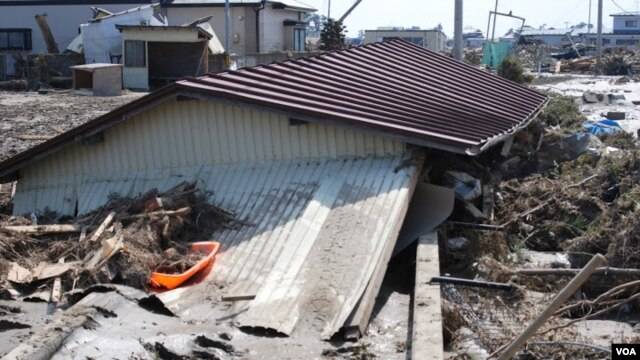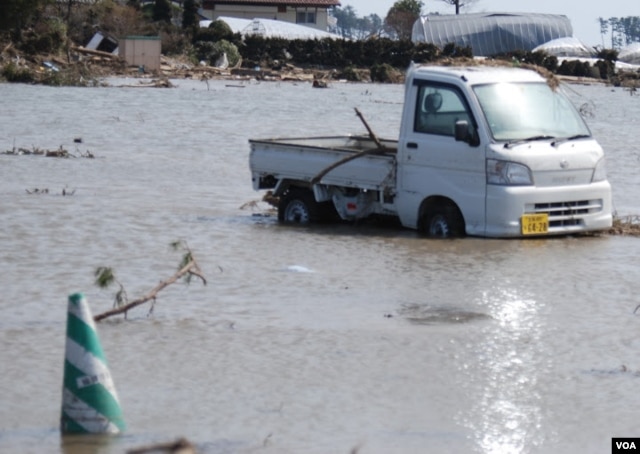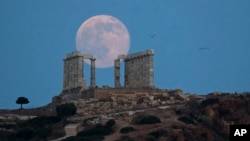
Scientists are just now coming to realize this?
During the original exploration of California in 1769, the Spaniards reached the present-day Santa Ana River in Southern California and noticed that all the birds and animals had disappeared. They immediately took shelter and, sure enough, before long the earth shook so hard it reversed the course of the river.
And, having lived on a ranch in Southern California, I can attest to how the livestock alerted us before any quakes came along.
Anyhow, read more of this @ Animal Tracking Could Help Predict Earthquakes - The Crux





